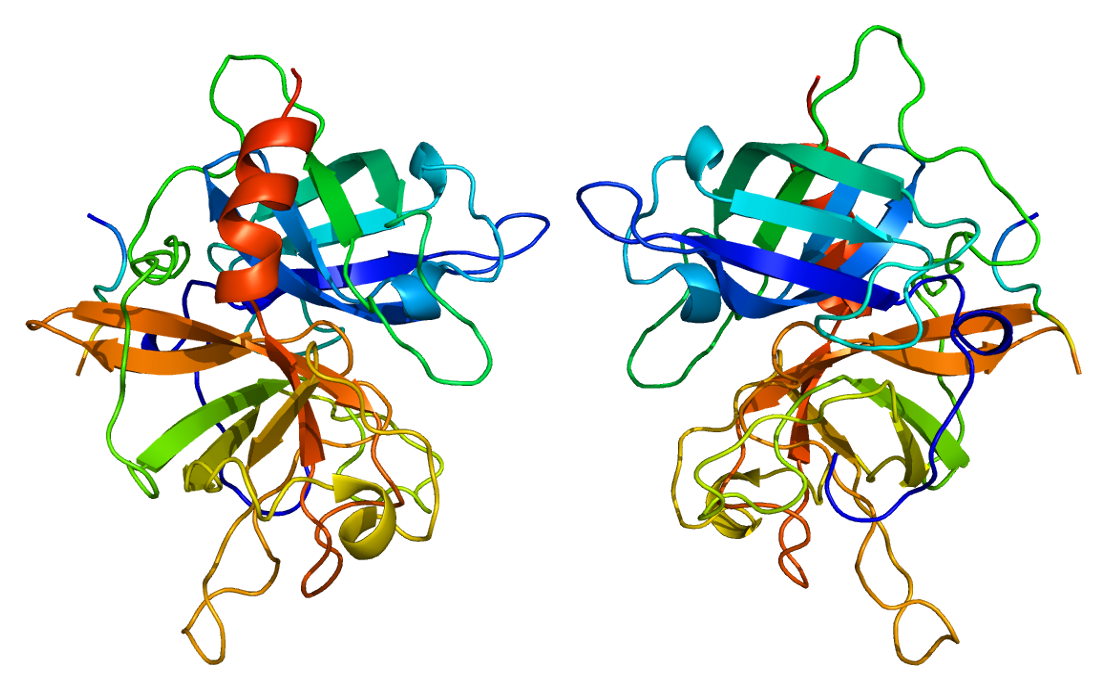The global tissue plasminogen activator market is primarily engaged in the manufacturing and development of biotechnology drugs required for the treatment of thrombotic conditions such as myocardial infarction, deep vein thrombosis, and pulmonary embolism. Tissue plasminogen activator or tPA helps in dissolving blood clots by converting plasminogen into plasmin, a proteolytic enzyme. It has emerged as the standard of care for thrombolytic therapies post acute ischemic stroke and myocardial infarction. With high prevalence of cardiovascular diseases and rising ischemic strokes, the demand for tPA drugs has been consistently rising over the years.
The global tissue plasminogen activator Market is estimated to be valued at US$ 2.58 Bn in 2023 and is expected to exhibit a CAGR of 6.1% over the forecast period 2023 to 2030, as highlighted in a new report published by Coherent Market Insights.
Market Dynamics:
One of the key drivers for the growth of the tissue plasminogen activator market is the high prevalence of thrombotic conditions globally. As per estimates by WHO, cardiovascular diseases are the leading cause of death worldwide, taking an estimate of over 17.9 million lives each year. Ischemic heart disease and strokes alone accounted for 85% of all cardiovascular disease deaths. With rising risk factors such as obesity, sedentary lifestyle and expanding geriatric population, the incidences of myocardial infarctions, ischemic strokes, and deep vein thrombosis are expected to surge significantly thereby propelling demand for tPA drugs in thrombolytic therapies over the forecast period.
Additionally, ongoing clinical trials exploring new therapeutic applications and delivery modes of tPA are anticipated to further augment the market growth. For instance, studies are being conducted to evaluate the efficacy and safety of tPA in extending the treatment window for ischemic stroke from 4.5 hours to 9 hours post onset of symptoms.
SWOT Analysis
Strength: Tissue plasminogen activator has high specificity in dissolving blood clots compared to other thrombolytic drugs. It can effectively treat pulmonary embolism and ischemic stroke when administered within a 4.5 hour window from symptom onset. Tissue plasminogen activator is administered intravenously which allows for targeted delivery and immediate impact.
Weakness: Tissue plasminogen activator has a narrow therapeutic window and risks hemorrhage if given outside the approved time window. The risks associated with bleeding has led to under-utilization of the drug. Additionally, tissue plasminogen activator needs to be refrigerated during transportation and storage which adds to logistical challenges.
Opportunity: Expanding approved treatment window and development of more convenient delivery formulations like inhaled versions can help address current challenges and expand the potential patient pool. Increasing public awareness about time-sensitive nature of stroke and importance of rapid treatment with tissue plasminogen activator can boost its utilization rates.
Threats: Competition from newer thrombolytic drugs with wider safety margins poses pricing pressure on tissue plasminogen activator. Stringent regulatory pathways for new drugs limits frequent product upgrades for tissue plasminogen activator.
Key Takeaways
The global Tissue Plasminogen Activator Market Share is expected to witness high growth over the forecast period owing to increasing incidence of stroke, pulmonary embolism and growing research focus on expanding tissue plasminogen activator's therapeutic applications. The global tissue plasminogen activator Market is estimated to be valued at US$ 2.58 Bn in 2023 and is expected to exhibit a CAGR of 6.1% over the forecast period 2023 to 2030.
Geographical analysis indicates that North America currently dominates the market due to supportive reimbursement policies and ability to afford premium priced drugs. However, Asia Pacific region is expected to see rapid adoption of tissue plasminogen activator driven by rising healthcare awareness, better access and growing disease prevalence due to lifestyle changes.
Key players operating in the tissue plasminogen activator market are Boehringer Ingelheim, Emcure Pharmaceuticals, Genentech, and Mochida Pharmaceutical. Some of the strategies adopted by leading companies include new product approvals for alternative routes of administration and expanded treatment window approvals to address current challenges. Collaborations with research institutes are ongoing to further optimize tissue plasminogen activator formulations.
For more insights, read- https://www.pressreleasebulletin.com/tissue-plasminogen-activator-market-trends-size-and-share-analysis/
